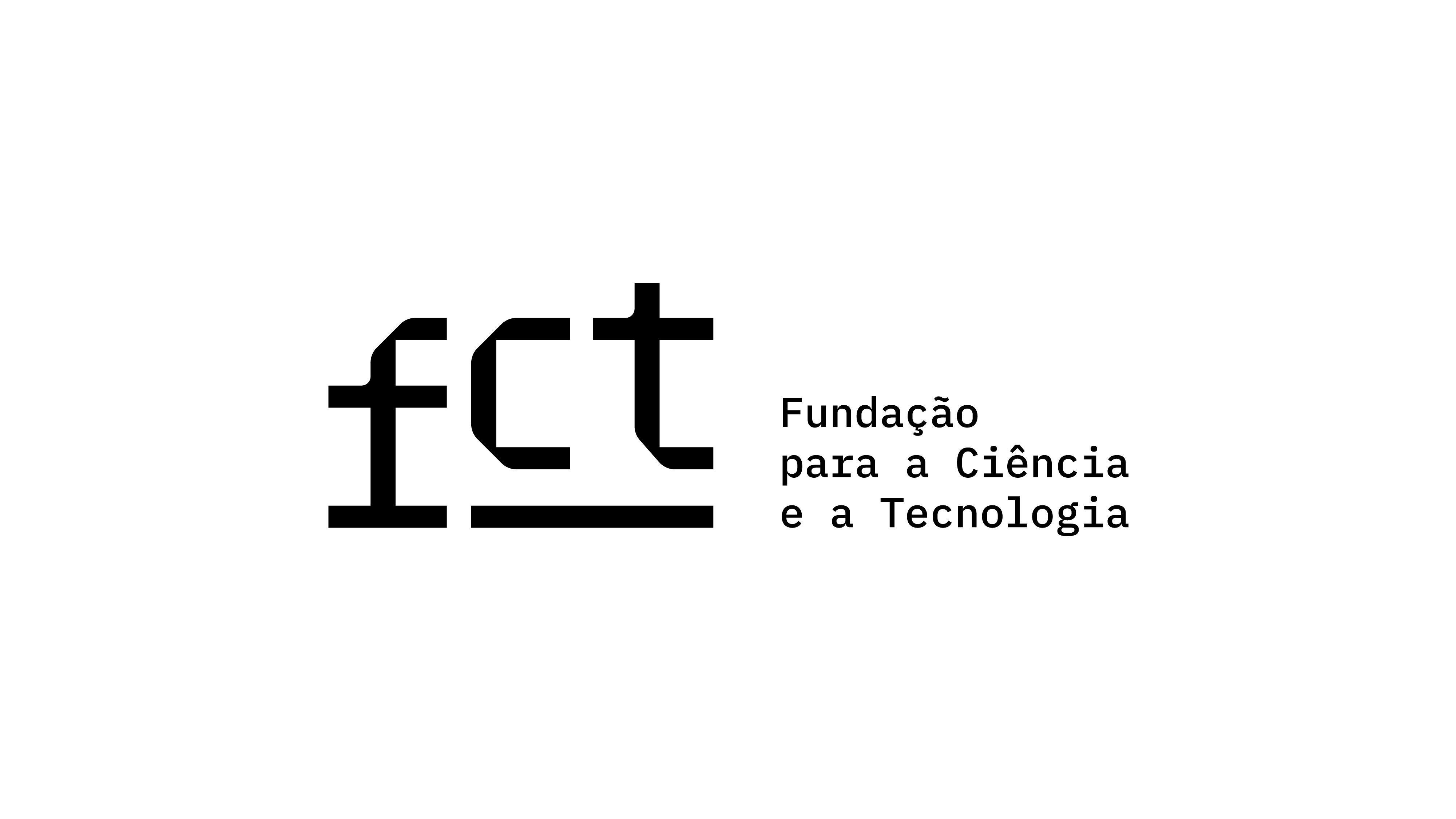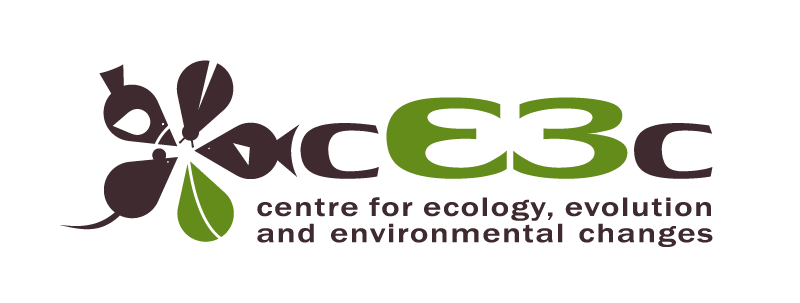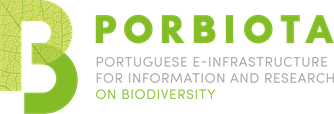Leaf and shoot growth dynamics of Quercus ilex L.
| Title | Leaf and shoot growth dynamics of Quercus ilex L. |
| Publication Type | Journal Article |
| Year of Publication | 1996 |
| Authors | Gratani, L. |
| Journal | ACTA OECOLOGICA-INTERNATIONAL JOURNAL OF ECOLOGY |
| Volume | 17 |
| Pagination | 17-27 |
| Keywords | evergreen forest, Mediterranean, Quercus ilex L |
| Abstract | The vegetative activity of Quercus ilex L. takes place during the period of low water stress, directly following abundant rainfall at the end of winter. Low air temperature is the limiting factor for bud opening, while high air temperature influences specific leaf area (SLA) during the growth period. Net photosynthesis and stomatal conductance increase with a rise in leaf temperature up to 25 degrees C; whereas they decrease when leaf temperature is about 30 degrees C (at the end of May) and below 18 degrees C (November). SLA increases from the low maquis to the shrubby layer of the forest in response to the decreasing irradiance. The pattern of SLA shows peak values after bud break, which then decrease to a constant value. Shrubs in the evergreen forest exhibit a high SLA in May as a result of a double increase in leaf area, while leaf dry weight changes only slighly during the first expansion. The maximum relative growth rate (RGR) in May-June causes the leaf to reach about 90% of its definitive size and structure before the period of drought stress, ensuring that leaf expansion (the time of the greatest nutritional demand) is not adversely affected. The summer air temperatures reduce the relative growth rate, but do not completely block leaf expansion until September-October. Intraspecific variation of SLA reflects the phenotypic plasticity of Quercus ilex in different habitats and demonstrates its ability to respond adequately to changing environmental factors by altering leaf morphology. |



